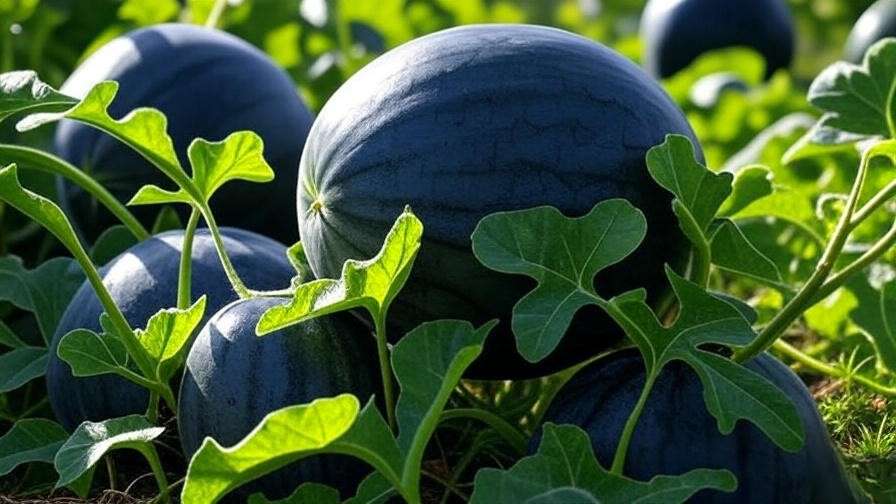Imagine slicing into a juicy, black seedless watermelon, grown right in your own backyard, bursting with sweet flavor and free of pesky seeds! Whether you’re a seasoned gardener or a beginner with a green thumb, growing black seedless watermelons is an exciting and rewarding journey. These dark-rinded beauties are a favorite for their vibrant taste and ease of eating, making them a must-have for any home garden. In this comprehensive guide, we’ll walk you through every step to cultivate thriving black seedless watermelons, from soil preparation to harvest. Backed by horticultural expertise and trusted agricultural research, this article solves common gardening challenges and ensures your watermelon patch flourishes. Ready to dig in? Let’s grow! 🌞
Understanding Black Seedless Watermelons: What Makes Them Special? 🍉
Origins and Characteristics
Black seedless watermelons are a modern marvel of horticulture, developed as triploid hybrids to produce fruit without mature seeds. Unlike traditional watermelons, these hybrids result from crossbreeding a diploid (two sets of chromosomes) watermelon with a tetraploid (four sets), creating a sterile, seedless variety. Their striking dark-green rind with blackish stripes—hence the name—sets them apart visually. Varieties like ‘Black Diamond’ hybrids or ‘Sugar Baby’ seedless types are popular for their sweet, crisp flesh and compact size, making them ideal for home gardens. These plants are also bred for disease resistance, offering gardeners a reliable crop with proper care.
Nutritional Benefits and Uses
Black seedless watermelons aren’t just delicious—they’re packed with health benefits! Rich in vitamins A and C, they support immune health and skin vitality. Their high water content (over 90%) keeps you hydrated, while antioxidants like lycopene promote heart health. In the kitchen, these watermelons shine in refreshing salads, smoothies, or simply sliced for a summer snack. Fun fact: The small, soft white “seeds” you may find are immature seed coats, perfectly edible and barely noticeable. Their versatility and nutritional value make them a garden-to-table favorite! 🥗
Preparing to Grow Black Seedless Watermelons 🌞
Choosing the Right Location
To grow thriving black seedless watermelons, start with the perfect spot. These sun-loving plants need 6–8 hours of direct sunlight daily and thrive in warm climates with 75–90 frost-free days. If you’re in USDA zones 3–11, you’re in luck, but timing is key (more on that later). Space is critical, as watermelon vines sprawl 6–12 feet. Choose a location with ample room, away from shade-casting trees or structures. A south-facing garden bed is ideal for maximizing sunlight and warmth, ensuring robust growth.
Soil Preparation for Optimal Growth
Healthy soil is the foundation of a bountiful watermelon harvest. Black seedless watermelons prefer well-draining, loamy soil with a pH of 6.0–6.8. Test your soil using a home kit or send a sample to your local extension service for precise results. Amend poor soil with organic matter like compost or aged manure to boost nutrients and improve drainage. A balanced fertilizer (e.g., 10-10-10) applied before planting provides essential nitrogen, phosphorus, and potassium. Expert Tip: Mix in 2–3 inches of compost to enrich sandy soils, ensuring your plants have the nutrients they need to thrive. 🌾
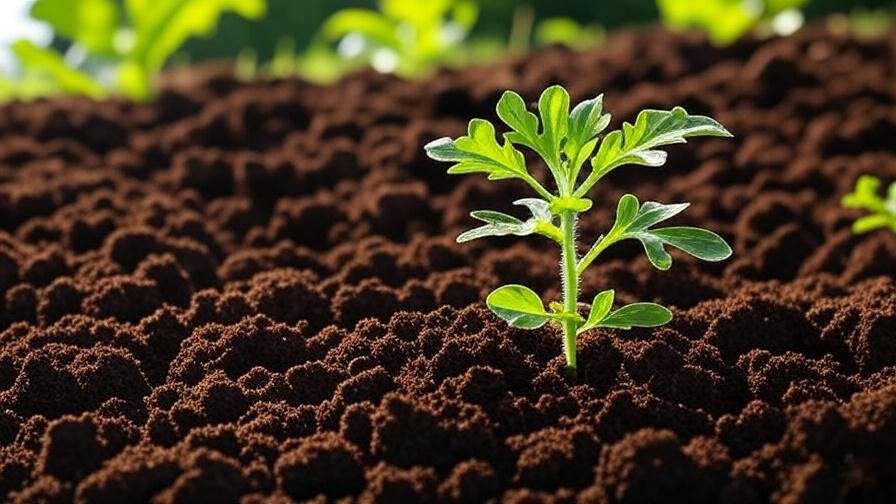
Selecting Quality Plants or Seeds
Choosing high-quality seeds or transplants is crucial. Purchase from reputable suppliers like Burpee, Johnny’s Selected Seeds, or local nurseries to ensure disease-free stock. Look for hybrid varieties labeled as seedless, such as ‘Millionaire’ or ‘Triple Crown,’ known for their vigor and flavor. Seeds are cost-effective and allow control over the growing process, but they require 1–2 weeks of indoor starting in cooler climates. Transplants, while pricier, save time and are ideal for beginners. Check for healthy, green seedlings with no yellowing or wilting. Your choice sets the stage for success! 🌱
Step-by-Step Guide to Planting Black Seedless Watermelons 🌿
Timing Your Planting
Timing is everything for black seedless watermelons. Plant after the last frost when soil temperatures reach at least 70°F (21°C), typically late spring to early summer. In cooler regions (zones 3–5), wait until mid-May or June. Warmer zones (8–11) can start as early as March. Pro Tip: Lay black plastic mulch over the soil a week before planting to warm it faster, especially in northern climates. This boosts germination and gives your plants a head start.
Planting Techniques
Proper planting ensures strong roots and healthy vines. Space plants 6–8 feet apart between rows and 2–3 feet within rows to prevent overcrowding. Sow seeds 1 inch deep in groups of 2–3, thinning to the strongest seedling later. For transplants, dig a hole slightly larger than the root ball and place it level with the soil surface. Create small mounds or hills (12–18 inches high) to improve drainage and encourage root development. Water thoroughly after planting to settle the soil. Your watermelon patch is now underway! 🌍
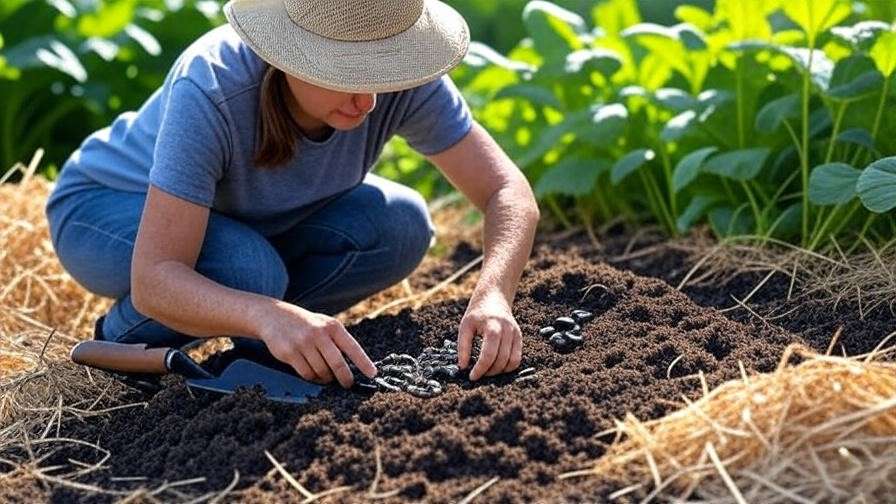
Watering and Mulching
Watermelons love consistent moisture, especially during germination and fruit set. Water deeply immediately after planting, keeping the soil moist but not soggy. Apply 1–2 inches of organic mulch, like straw or wood chips, to retain moisture, suppress weeds, and regulate soil temperature. Biodegradable mulch is a sustainable choice that breaks down naturally. Example: A layer of straw mulch around plants can reduce watering frequency by 20%, saving time and resources. Check soil moisture weekly with your finger—if it’s dry 2 inches down, it’s time to water.
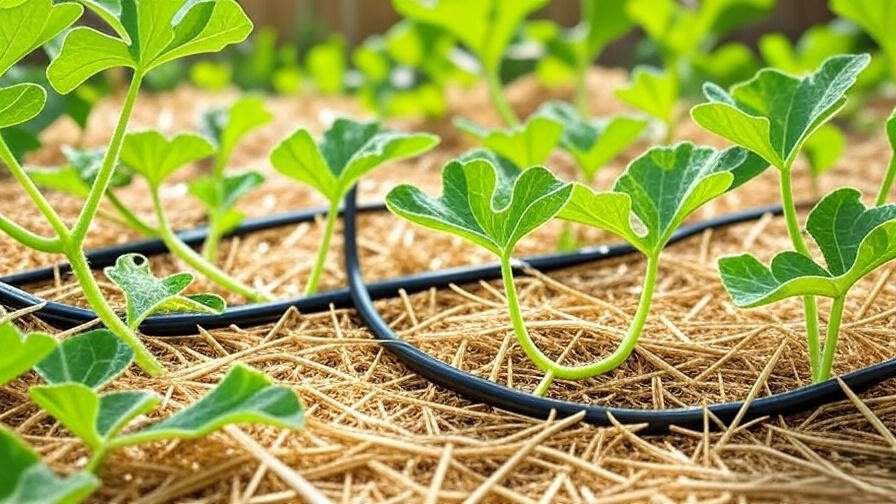
Caring for Your Black Seedless Watermelon Plants 🧑🌾
Watering Needs
Consistent watering is critical for juicy, well-formed fruit. Provide 1–2 inches of water per week, depending on rainfall and temperature. Deep watering encourages strong root systems, so aim for infrequent but thorough sessions. Drip irrigation is ideal, delivering water directly to the roots while keeping foliage dry. Manual watering works, too, but avoid overhead sprinklers, which can promote fungal diseases. Warning: Overwatering can lead to root rot, so ensure proper drainage and monitor soil conditions.
Fertilizing for Healthy Growth
Feed your watermelon plants to support vigorous growth and fruit production. Apply a balanced fertilizer (10-10-10) at planting to establish strong roots. Once vines start flowering, switch to a phosphorus-rich fertilizer (e.g., 5-10-10) to encourage fruit development. Organic options like compost tea or fish emulsion are excellent for eco-conscious gardeners. Apply every 2–3 weeks, following package instructions. Common Mistake: Over-fertilizing with nitrogen can produce lush vines but small, underdeveloped fruit. Stick to a balanced schedule for best results.
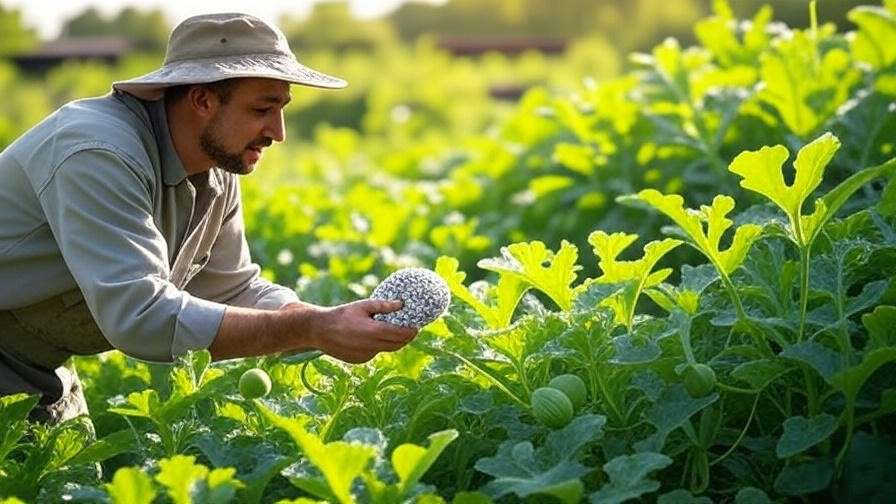
Managing Pests and Diseases
Pests and diseases can threaten your watermelon crop, but proactive care keeps them at bay. Common pests include aphids, cucumber beetles, and spider mites, which can be controlled with neem oil or insecticidal soap. Introduce beneficial insects like ladybugs to naturally reduce pest populations. Diseases like powdery mildew, fusarium wilt, and anthracnose are common in humid conditions. Choose resistant varieties and ensure good air circulation by spacing plants properly. Expert Insight: Rotate crops annually to prevent soil-borne diseases, and remove infected plant debris promptly.
Supporting Vines and Fruit
As vines grow, they need support to protect developing fruit. For space-saving gardens, use A-frame trellises and support melons with slings made from fabric or netting. On the ground, place straw or cardboard under fruit to prevent rot and pest damage. Fun Tip: Create a “watermelon hammock” using old t-shirts to cradle heavy fruit! This keeps melons clean and reduces strain on vines, ensuring picture-perfect watermelons.
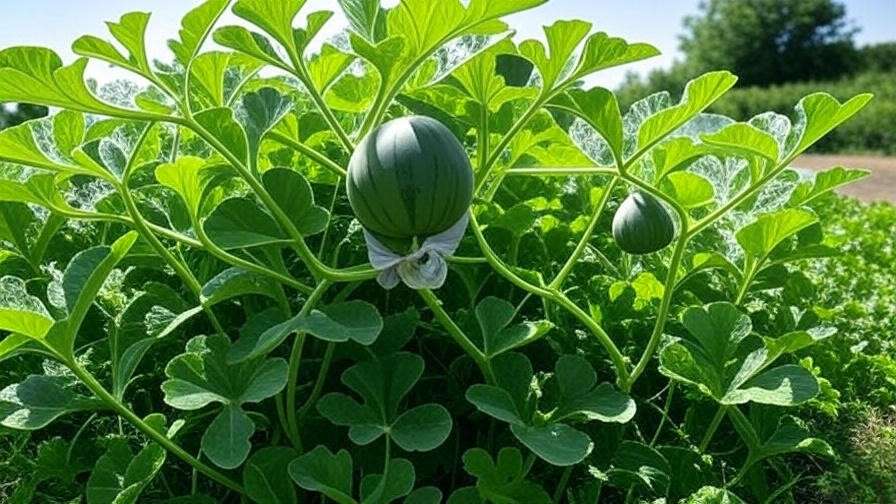
Pollination and Fruit Development 🐝
Understanding Pollination Needs
Black seedless watermelons require a unique pollination process due to their triploid nature. Since they are sterile, they need a diploid (seeded) watermelon variety planted nearby to provide viable pollen. A common ratio is one pollinator plant for every three to four seedless watermelon plants. Choose a compatible pollinator variety, such as ‘Crimson Sweet’ or ‘Allsweet,’ to ensure successful fruit set. To attract bees and other pollinators, plant companion flowers like marigolds, lavender, or zinnias near your watermelon patch. These vibrant blooms not only enhance pollination but also add beauty to your garden. If pollination is inconsistent, you can hand-pollinate by gently transferring pollen from male flowers (thin-stemmed) to female flowers (with a small fruit at the base) using a small brush or cotton swab. Pro Tip: Pollinate in the early morning when flowers are fully open for the best results. 🌸
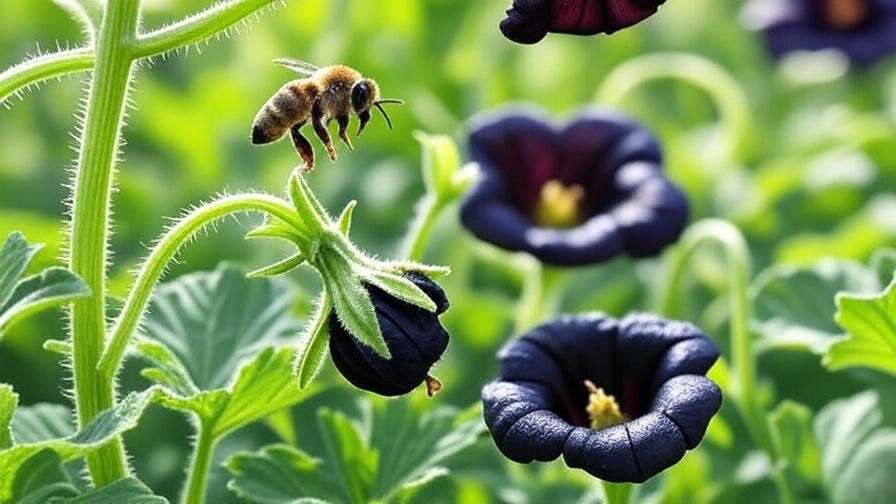
Monitoring Fruit Growth
Once pollinated, your black seedless watermelons will begin to develop. Healthy fruit should have a uniform shape, vibrant dark-green stripes, and a firm rind. Monitor growth by checking for steady size increases—most varieties reach 10–20 pounds at maturity. To maximize quality, thin the fruit by removing smaller or misshapen melons, allowing the plant to focus energy on one or two fruits per vine. Expect a growth timeline of 80–100 days from planting to harvest, depending on the variety and climate. Expert Insight: Keep a garden journal to track fruit development and note any changes in growth patterns, helping you refine your care routine each season.
Harvesting Your Black Seedless Watermelons 🎉
Knowing When to Harvest
Timing your harvest is critical to enjoy the sweet, juicy flavor of black seedless watermelons. Look for these key indicators:
- Yellowing Belly: The spot where the melon rests on the ground turns from white to creamy yellow.
- Dull Rind: The rind loses its glossy sheen and takes on a matte appearance.
- Hollow Thump: Tap the melon—if it sounds hollow, it’s likely ripe.
- Dried Tendril: The tendril closest to the fruit turns brown and shrivels.
Harvest before over-ripening, as this can cause the fruit to crack or lose flavor. Check your specific variety’s days-to-maturity (listed on the seed packet) for guidance. For example, ‘Triple Crown’ typically ripens in 85–90 days.
Harvesting Techniques
Use clean, sharp pruners or a knife to cut the stem about 2 inches above the fruit, avoiding pulling or twisting, which can damage the plant or melon. Handle the watermelon gently to prevent bruising, as black seedless varieties have tender rinds. After harvesting, store melons in a cool, dry place (50–60°F) for up to 2–3 weeks. Avoid stacking them to prevent pressure marks. Fun Tip: Celebrate your harvest by hosting a watermelon-tasting party with friends and family, showcasing your homegrown bounty! 🍉
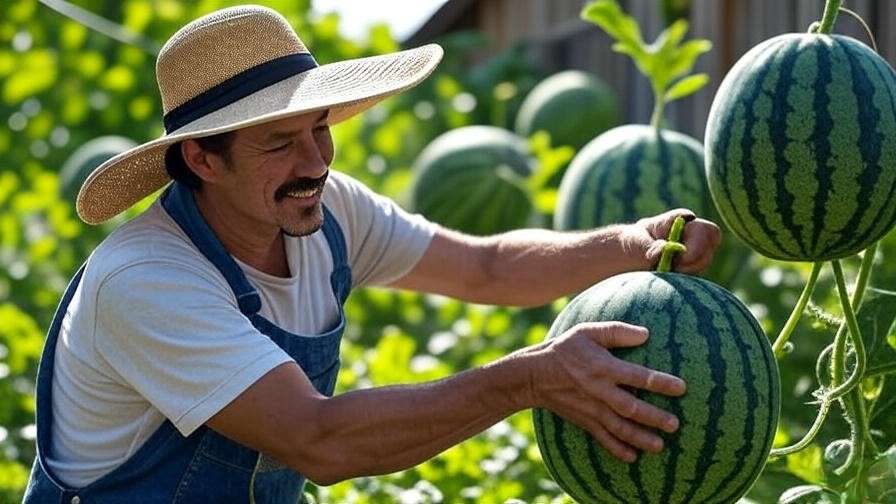
Troubleshooting Common Problems 🔧
Why Isn’t My Watermelon Plant Producing Fruit?
If your plants aren’t setting fruit, several factors could be at play:
- Poor Pollination: Ensure a pollinator variety is present and bees are active. Hand-pollinate if necessary.
- Nutrient Imbalance: Too much nitrogen can lead to leafy growth at the expense of fruit. Switch to a phosphorus-rich fertilizer (e.g., 5-10-10).
- Water Stress: Inconsistent watering can disrupt fruit set. Maintain even moisture, especially during flowering.
Solution: Inspect your garden setup, adjust care practices, and monitor for improvements over 1–2 weeks.
Dealing with Small or Misshapen Fruit
Small or oddly shaped watermelons often result from:
- Inconsistent Watering: Fluctuations cause uneven growth. Stick to a regular watering schedule.
- Poor Soil Fertility: Test soil and amend with compost or a balanced fertilizer.
- Overcrowding: Too many fruits per vine can stunt development. Thin to 1–2 melons per plant.
Fix: Adjust watering and spacing, and ensure adequate nutrients to support larger, well-formed fruit.
Preventing Cracks and Rot
Cracked or rotting watermelons can be disheartening. Cracks often occur due to rapid water uptake after dry periods, causing the fruit to expand too quickly. Rot typically stems from fungal infections or prolonged contact with wet soil. Prevention:
- Maintain consistent watering to avoid sudden moisture spikes.
- Use mulch or place cardboard under fruit to keep them dry.
- Improve soil drainage with raised beds or mounds.
If rot appears, remove affected fruit immediately to prevent the spread of fungi.
Expert Tips for Maximizing Your Watermelon Yield 🌟
To take your black seedless watermelon game to the next level, try these expert strategies:
- Companion Planting: Pair watermelons with corn or pole beans to enhance soil health and deter pests. Avoid planting near potatoes, which can compete for nutrients.
- Pruning: Trim excessive vines after fruit set to direct energy toward melon development. Leave 2–3 main vines per plant for optimal growth.
- Season Extension: In cooler climates, use row covers or cloches to protect young plants from late frosts, extending your growing season.
- Case Study: Jane, a home gardener in Zone 6, doubled her yield by using black plastic mulch and hand-pollinating her ‘Millionaire’ watermelons. Her secret? Consistent soil moisture and weekly compost tea applications.
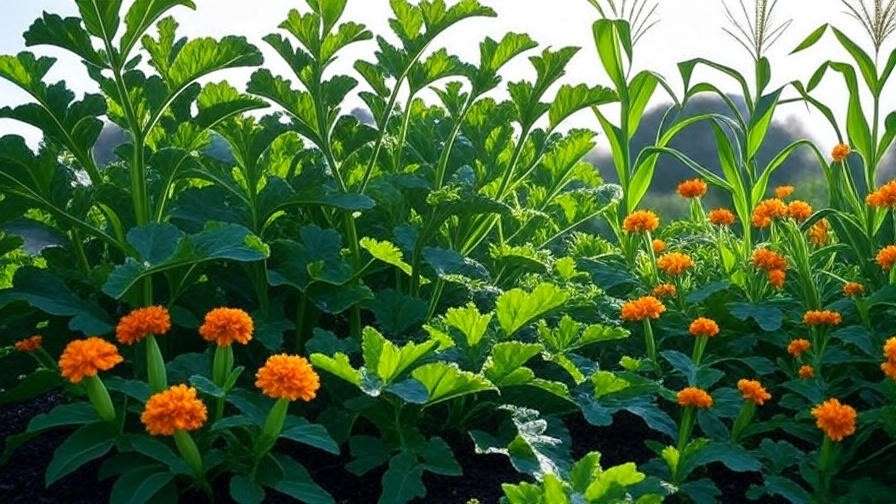
FAQs About Growing Black Seedless Watermelons ❓
Q: Can I grow black seedless watermelons in containers?
A: Yes, but choose large containers (20+ gallons) with excellent drainage. Use a trellis to support vines and sling heavy fruit to prevent stem damage. Ensure full sun and regular watering.
Q: How much water do watermelon plants need?
A: Provide 1–2 inches of water per week, adjusting for rainfall. Deep, infrequent watering promotes strong roots. Check soil moisture to avoid overwatering.
Q: Why are my watermelons tasteless?
A: Harvesting too early or nutrient deficiencies (especially potassium) can reduce sweetness. Wait for ripeness indicators and fertilize appropriately during fruit development.
Q: Are black seedless watermelons GMO?
A: No, they are non-GMO hybrids created through selective breeding. Their seedless trait comes from crossbreeding diploid and tetraploid varieties, a natural process used for decades.
Conclusion: Enjoy the Fruits of Your Labor! 🍉
Growing black seedless watermelons is a rewarding adventure that brings sweet, seed-free joy to your garden and table. By choosing the right location, preparing nutrient-rich soil, and providing consistent care, you’ll harvest plump, flavorful melons in just a few months. Whether you’re battling pests, perfecting pollination, or troubleshooting small fruit, this guide equips you with expert-backed solutions to succeed. Start planning your watermelon patch today, and savor the satisfaction of homegrown goodness! Share your gardening journey in the comments or explore more plant care tips on our site. Bonus: Try a refreshing watermelon salad with feta and mint to celebrate your harvest—find the recipe on our blog! 🌟

